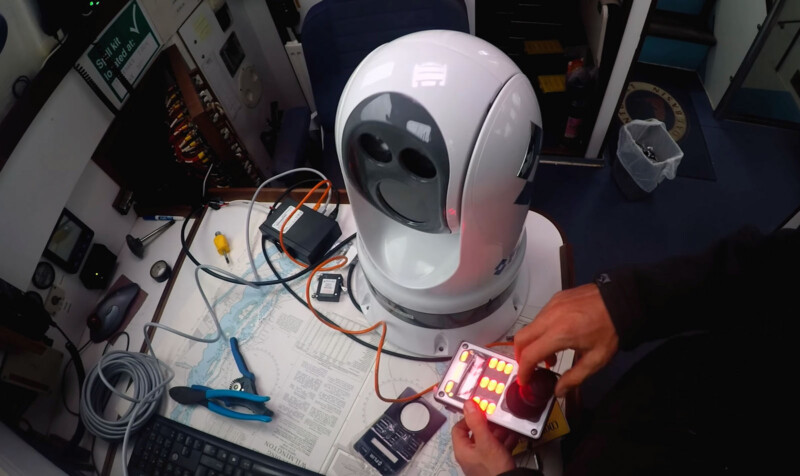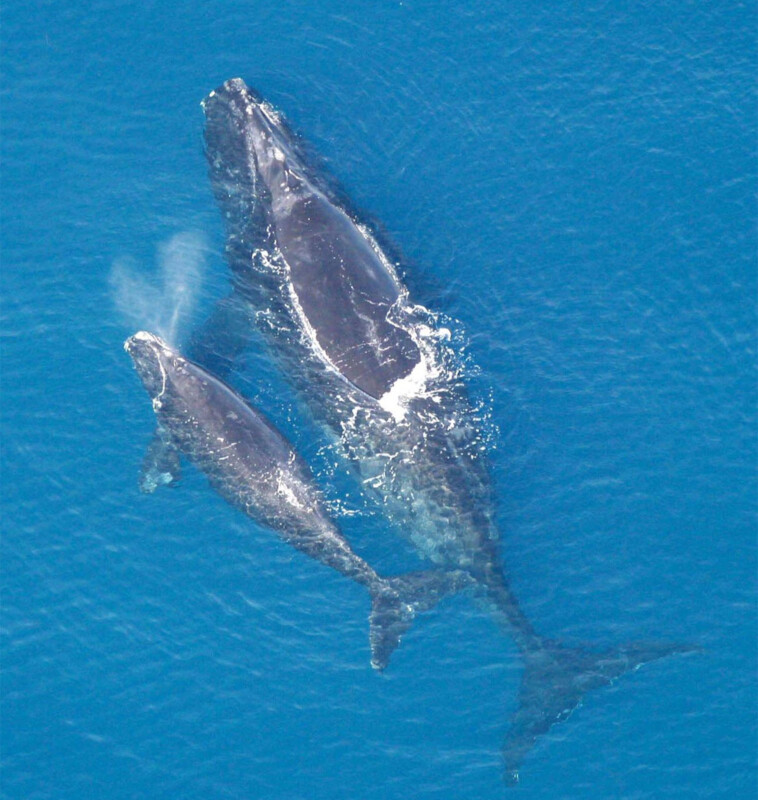Researchers Use Thermal Cameras to Save North Atlantic Right Whales
The North Atlantic right whale is among the most endangered whale species in the world. Per the International Fund for Animal Welfare (IFAW), fewer than 340 North Atlantic right whales are left. Given the relatively expansive range of North Atlantic right whales, researchers must utilize many different technologies to find and monitor whales, including thermal cameras.
Nearly half of all North Atlantic right whale mortality since 1970 results from vessel strikes and being entangled in fishing gear. Using various detection methods, the IFAW’s researchers can keep mariners informed about the location of North Atlantic right whales. Among the vessels the IFAW uses to research and monitor whales is the Song of the Whale, a purpose-built ship explicitly designed for whale research.

“The work that we are doing is focused on trying to develop techniques for better informing where the whales are at any given time, so mitigation measures can be put in place,” says Richard McLanaghan of the IFAW.
“One of the techniques that we’re trialing this year is using a thermal camera, which will be mounted high up on our mast. We’ll use that initially during daylight hours to see how easy it is to spot the whales, to use that as a means to track them. And then, hopefully, we’ll be able to trial it at nighttime as well,” McLanaghan continues.
![]()
Thermal cameras can help find North Atlantic right whales because when whales exhale through their blowhole, the exhalation is relatively warm, so it pops against the background when using a thermal camera. The trademark heat signature of whale breaths may one day be helpful for thermal imaging technologies on commercial vessels as they try to avoid whale strikes.
Thermal cameras are part of a multi-faceted approach to detecting whales. The IFAW also uses bioacoustics equipment to research North Atlantic right whales.

The situation with North Atlantic right whales is urgent, and researchers must utilize as much advanced technology as possible to protect the remaining population. Since 2017, there have been 92 mortalities, serious injuries, and morbidities among the North Atlantic right whale population, per the IFAW. That means 27% of the known population has been injured or killed in the past six-plus years.
![]()
With very few breeding females alive, even a single unnatural whale death may be the difference between the North Atlantic right whale surviving or becoming extinct.
Hopefully, someday soon, vessels that regularly travel through the North Atlantic right whale’s territory will be equipped with sophisticated detection technology, including thermal cameras, and perhaps even be able to automatically add whale sightings to the IFAW’s Whale Alert mobile app.